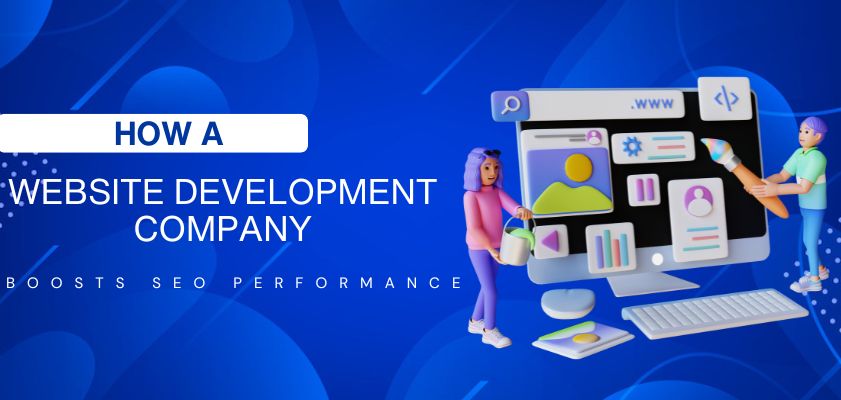In the relentless race for digital supremacy, businesses cannot afford inefficiencies, security loopholes, or sluggish software deployment. Application Lifecycle Management (ALM) is not just a framework; it is the backbone of successful software development, ensuring that every phase—planning, development, testing, deployment, and maintenance—is executed seamlessly. Without ALM, businesses risk falling behind competitors, incurring high operational costs, and compromising on user experience.
For enterprises and startups collaborating with a development company in India, adopting a strategic ALM approach translates to superior performance, scalability, and long-term sustainability. Lets explores the critical phases of ALM, its key advantages, and why modern brands must prioritize it for digital success.
Understanding Application Lifecycle Management
ALM refers to the end-to-end process of managing an application from its initial planning phase to retirement. It integrates project management, development methodologies, quality assurance, and continuous deployment strategies to optimize performance and mitigate risks. Unlike the Software Development Life Cycle (SDLC), which primarily focuses on development stages, ALM covers the entire journey, ensuring long-term sustainability and adaptability.
Key Phases of Application Lifecycle Management
- Planning and Requirements Gathering
- Defining business objectives
- Identifying user needs
- Establishing key performance indicators (KPIs)
- Collaborating with custom software development firms
- Development and Design
- UI/UX prototyping
- Agile and DevOps methodologies
- Source code management
- Integration with existing IT infrastructure
- Testing and Quality Assurance (QA)
- Automated and manual testing
- Security compliance audits
- Performance optimization
- Bug tracking and resolution
- Deployment and Release Management
- Continuous Integration/Continuous Deployment (CI/CD)
- Cloud-based solutions and hosting strategies
- Risk assessment and rollback plans
- Maintenance and Support
- Application performance monitoring
- Security patch updates
- User feedback integration
- Scalability planning
- Retirement or Modernization
- End-of-life application strategies
- Migration to newer technologies
- Data backup and preservation
Benefits of Implementing ALM for Businesses
- Enhanced Collaboration – Ensures seamless coordination between developers, testers, and project managers.
- Cost Efficiency – Reduces operational costs by optimizing resource utilization and minimizing rework.
- Faster Time-to-Market – Agile methodologies accelerate software release cycles.
- Improved Software Quality – Continuous testing and monitoring enhance application reliability.
- Scalability and Security – Ensures robust architecture and compliance with industry standards.
Why Choose a Website Development Company in India for ALM?
With digital transformation at its peak, businesses across industries are outsourcing their software development and lifecycle management to experts. A development company in India will provide a competitive advantage by offering:
- Cost-effective solutions compared to global markets
- Expertise in cutting-edge technologies like AI, cloud computing, and DevOps
- Dedicated support for end-to-end ALM
- Scalable applications for startups and enterprises
Conclusion
Application Lifecycle Management (ALM) is the backbone of efficient software development and deployment. Organizations partnering with a website development company India can leverage robust ALM strategies to enhance productivity, minimize risks, and ensure long-term success. By integrating modern methodologies such as Agile, DevOps, and cloud-native development, businesses can stay ahead in the ever-evolving digital ecosystem.
For enterprises looking to streamline their web application development and management, collaborate with us for innovation and efficiency.




